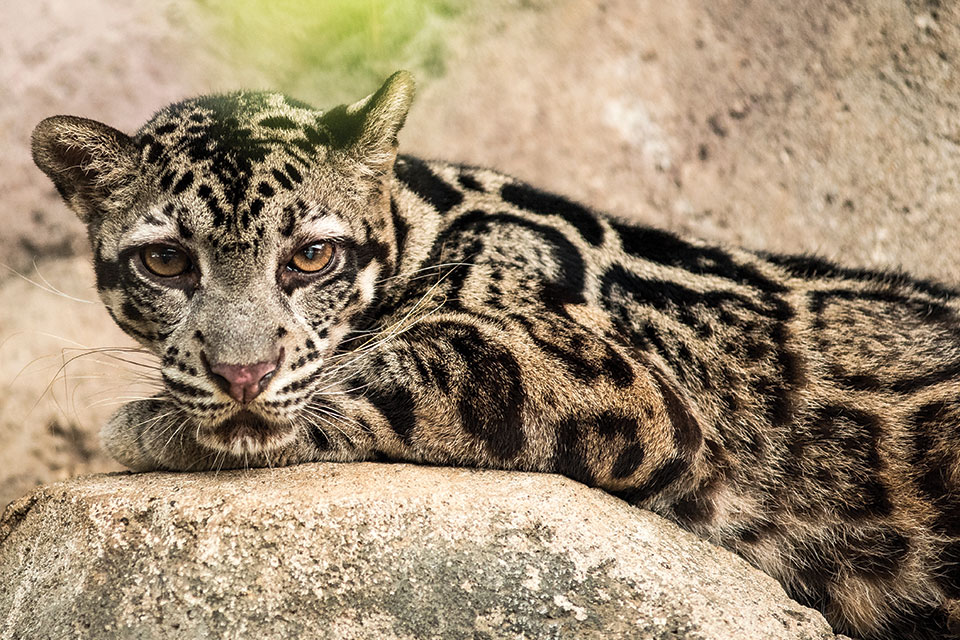
Clouded leopards are two species of wild cat that live throughout the forests of Southeast Asia. The smallest of the big cats, they are secretive and rare in the wild, preferring to remain alone and elusive. These two species of cat remain poorly understood. The cats on mainland Asia and Taiwan kept the traditional species name (Neofelis nebulosa) while the cats from Borneo and Sumatra took the name the Sunda clouded leopard (Neofelis diardi).
Clouded leopards are considered a member of the Pantherinae, a subfamily of the Felidae family that also includes lions, tigers, jaguars, leopards, and snow leopards. While they are known as clouded leopards, cloudies are not directly related to normal leopards.
Clouded leopards are endangered and, depending on the organization, they are listed as critically endangered to vulnerable. According to a 2021 National Geographic report, there are less than 10,000 Clouded Leopards left in the world.
With regards to appearance, the Sunda clouded leopard have smaller and darker cloud markings and a darker overall coat color. The majority of clouded leopard pictures are from mainland nebulosa individuals, meaning that photos of the Sunda clouded leopard are much rarer.
Clouded leopards are a medium-sized cat named for the cloud-like spots on their coats. These provide camouflage in the forest habitat. The cats usually stand 10-16 inches tall and are 4 to 6 feet long, almost half of which is the tail. Males tend to be larger and weigh up to 50 pounds, while females rank in at about 35 pounds.

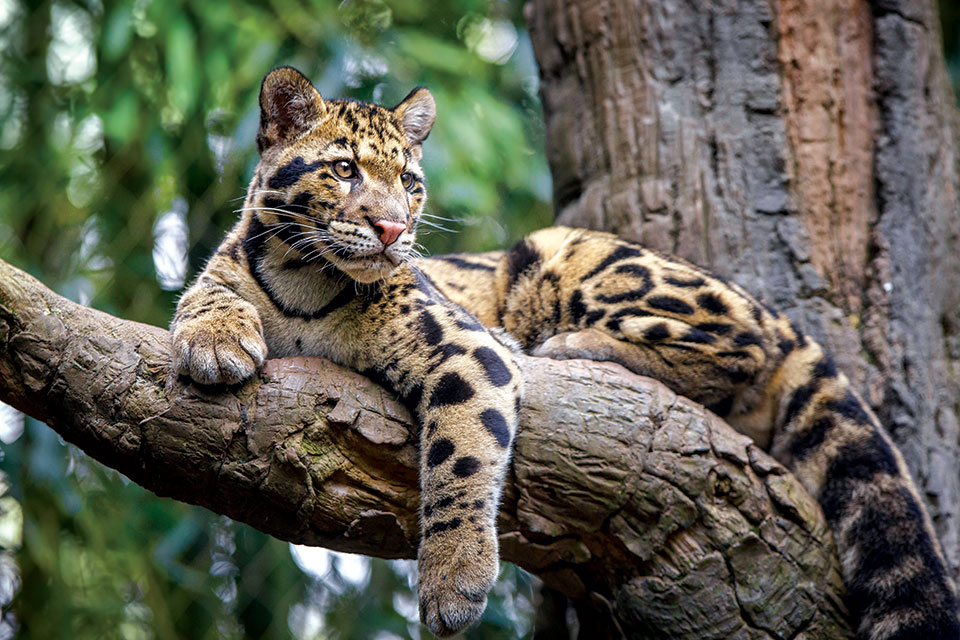
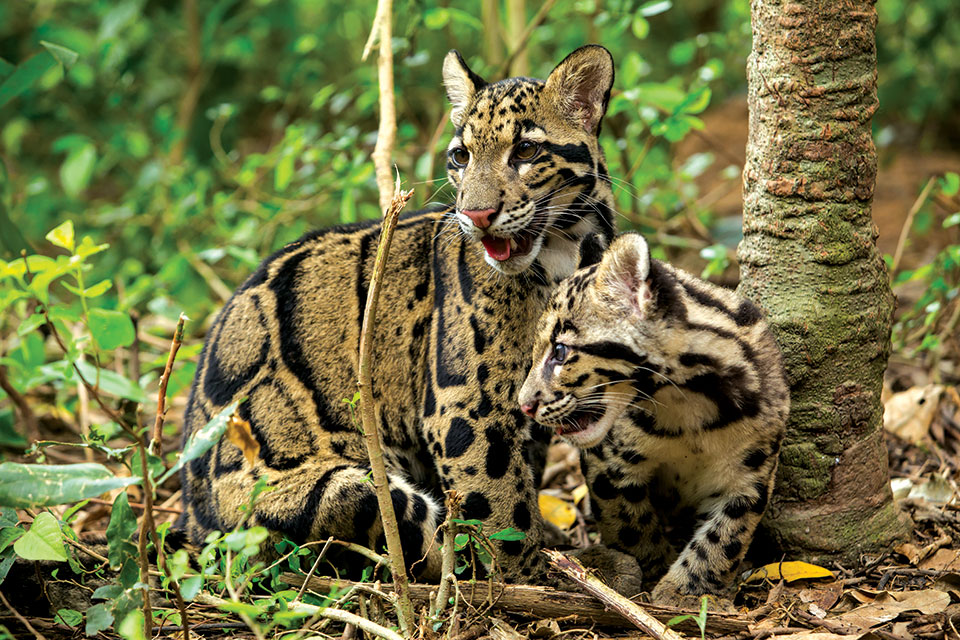
Clouded leopards are one of the best climbers in the cat family. They are able to climb upside down underneath tree branches, hang from branches with their hind feet, and even descend head-first. Their legs are short and stout, providing leverage and a low center of gravity. Furthermore, a clouded leopard’s extremely long tail provides an excellent balancing aid. For grip, their large paws are armed with sharp claws and specialized padding that conforms to the shape of the branch. The hind feet possess flexible ankle joints that allow the foot to rotate backwards as well.
Like all wild cats, clouded leopards are carnivores. They are thought to hunt a variety of prey including birds, squirrels, monkeys, deer, and wild pigs. It was once thought that clouded leopards hunted while climbing in the trees, but most hunting takes place on the ground. Trees are thought to provide resting habitat for clouded leopards during the day.
Virtually nothing is known of the social behavior of wild clouded leopards. They are likely solitary, like most cats, unless associated with a mate while breeding or accompanied by cubs. Likewise, activity patterns are virtually unknown.
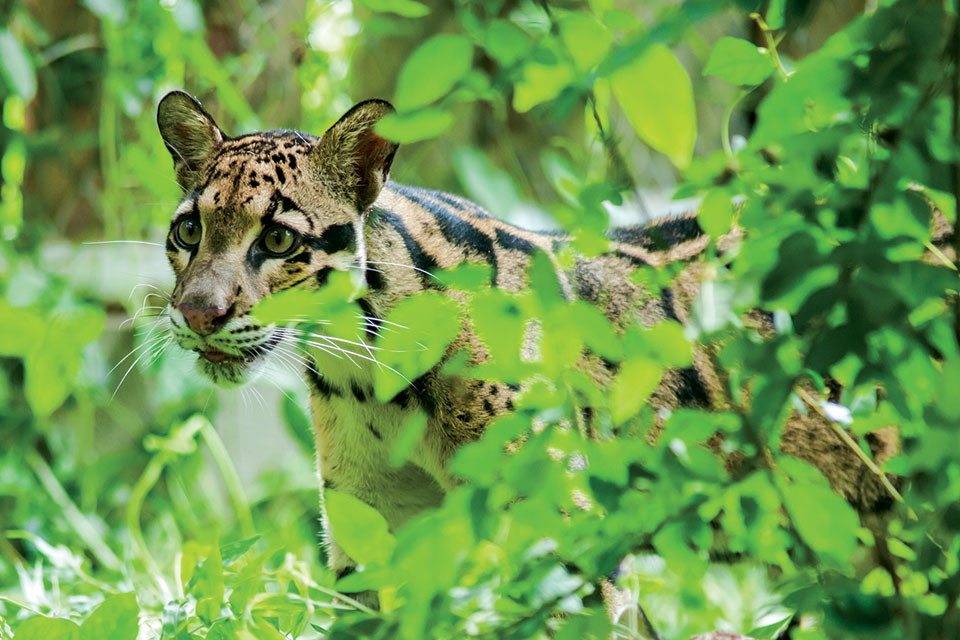
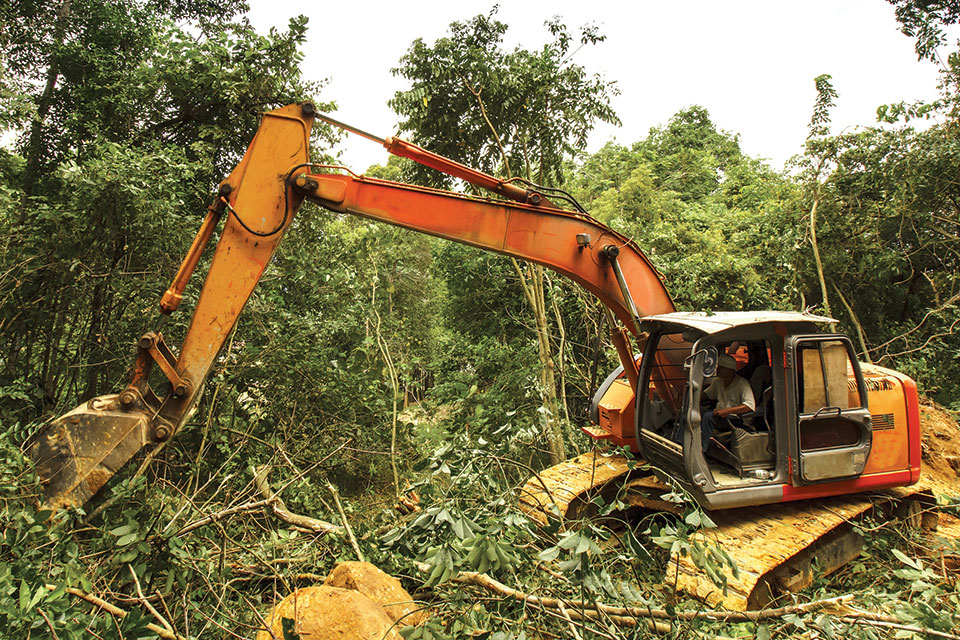
Deforestation in the tropical regions of Southeast Asia is the most serious threat to the clouded leopard. The species’ natural habitat has been fragmented and is decreasing at a rate of 10% per year since 1997. Other main threats to the clouded leopard include hunting for its teeth and decorative pelt, and for bones for the traditional Asian medicinal trade. Clouded leopard pelts have been reported on sale in markets in China, Burma, Laos, Vietnam, Cambodia, Nepal and Thailand. They have also been featured on the menu of restaurants in Thailand and China which cater to wealthy Asian tourists.
Like many other big cat species, the clouded leopard is often killed as retaliation for killing livestock.
The average life span of the clouded leopard is estimated between 12 to 15 years.
There are currently 69 Clouded Leopards in the Association of Zoos and Aquariums’ care and 292 in facilities globally. These captivity programs are capturing data on behavior, reproducing and other important information. One interesting fact that has become apparent is that the male clouded leopard is very aggressive and may hurt or even kill the female clouded leopard, making breeding reproduction challenging.
